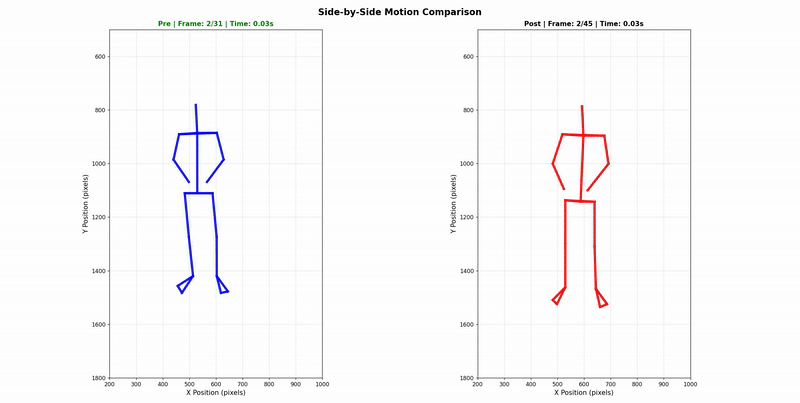Oct 29, 2025
Universal Body-Language Interaction Design for RPG Gaming: Bridging Motion-Sensing Technology with Mainstream Game Engagement
Yijun Qian

Motivation
The advancement of sensor technologies has catalyzed the emergence of motion-sensing games that leverage human body interaction, creating rich experiential gameplay while expanding physical activity options through platforms like Wii Fit, Nintendo Switch's Ring Fit Adventure, and Meta Quest's Supernatural and Beat Saber. Beyond novel gaming experiences, a substantial body of research over the past decade has demonstrated the clinical efficacy of motion-sensing games as alternatives to conventional exercise interventions for elderly populations, earning widespread medical recognition.
However, despite proven health benefits spanning from first-generation Wii Fit to current Meta Quest headsets, motion-sensing games remain peripheral to mainstream gaming. This limitation stems from a fundamental design philosophy mismatch: current approaches prioritize "embedding sensor devices and designing games around sensor capabilities" rather than "integrating motion control into inherently engaging game design." This technology-first approach constrains commercial games to limited genres (primarily rhythm-based), resulting in insufficient long-term community engagement compared to the sustained success of narrative-driven RPG games.
Motion-sensing interaction not only enhances gaming immersion but also indirectly promotes physical activity through intensive gestural engagement. Our objective is to develop a natural body-language interaction framework that enables integration of motion control into existing successful commercial RPG games for consoles and PC platforms, thereby achieving sustained motion-gaming participation without relying solely on rhythm-based games or requiring extensive narrative game redevelopment.
Methodology
Our methodology involves investigating universal motion control design across diverse demographic groups by quantifying commonalities and specificities in body and gesture languages across populations. This research will establish a universal motion-sensing interaction system applicable to the majority of RPG games, providing foundational design principles and guidelines for future motion control integration in gaming. This work addresses the critical gap between motion-sensing technology potential and mainstream gaming adoption, with significant implications for both interactive entertainment and public health promotion through sustained physical activity engagement.